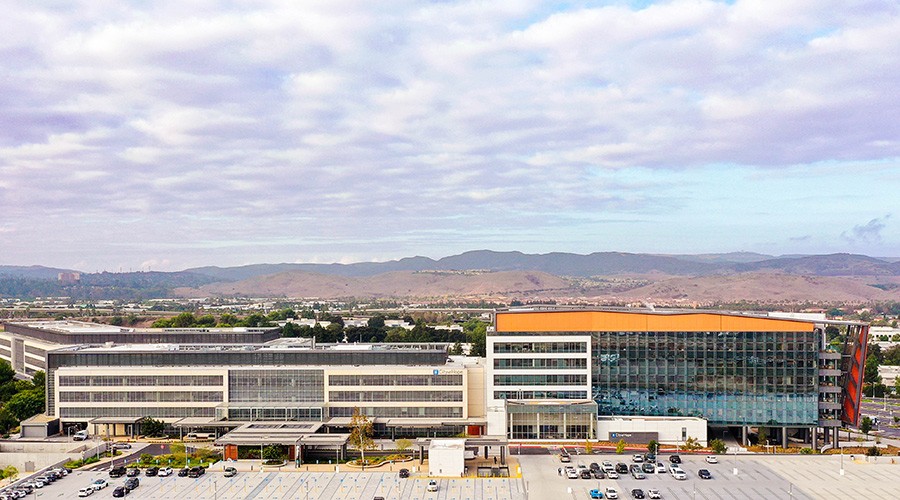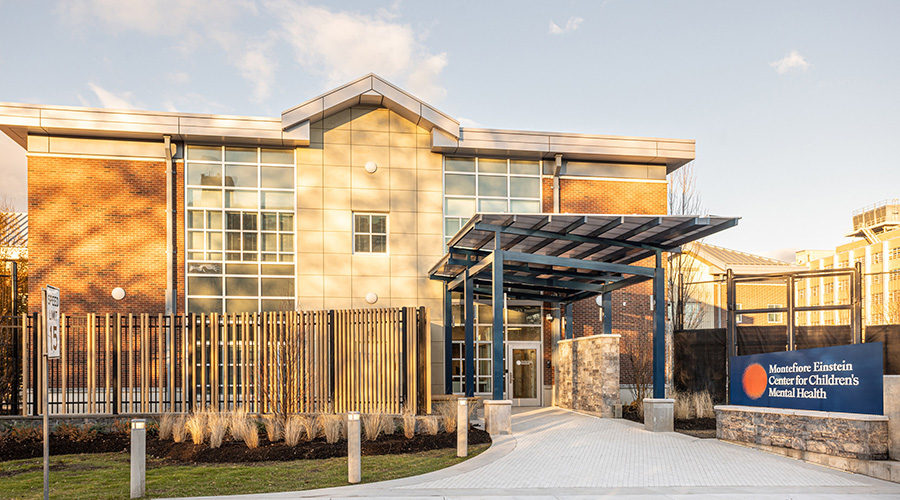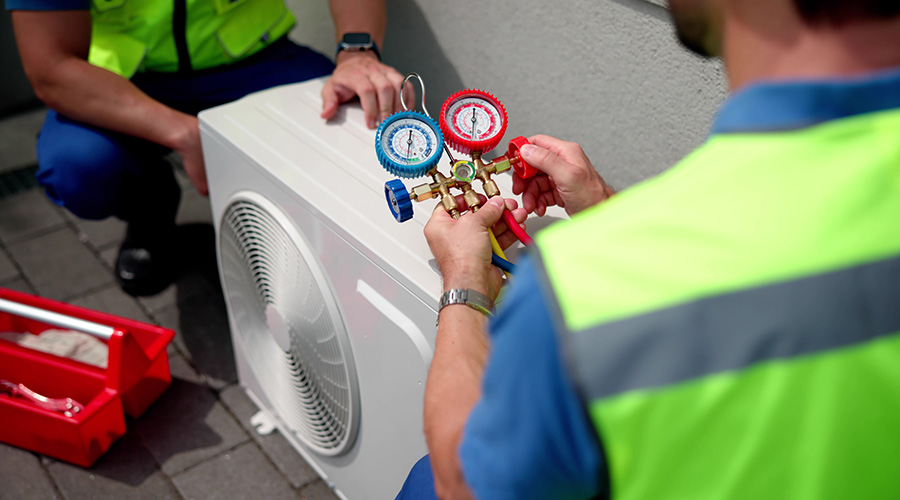When the COVID-19 pandemic changed everything in March 2020, food service programs were challenged to continue operating where many traditional service models such as self-serve bars no longer were feasible.
In response to the pandemic, operators modified existing service outlets, embraced or fast-tracked emerging ew technologies, and created new ways of service, such as the curbside meal distribution, impromptu mini-grocers set up by hospitals to serve staff, and home-delivered meals to remote-working employees by business dining programs, according to Food Management.
The pandemic’s effects on in-house dining programs are likely to last, which means new service models deployed during the course of the crisis will have to remain viable while offering an approximation of the same levels of service, convenience, quality and choice as before COVID-19. Some of the most prominent developments in new and emerging service models in hospitals have been refined to meet the challenges of a post-pandemic world.
For example, one of the most recent forays into this technology has been launched at University of California San Francisco (UCSF) Health, where a pilot mobile order option had been operating since the summer at three smaller retail outlets at two of the system’s hospitals. That was extended to two main cafes, and UCSF Health also delved into meal delivery with a pilot program that serves 55 drop-off points in hospital buildings and surrounding offices and clinics.
Click here to read the article.

 State of the Facilities Management Industry in 2025
State of the Facilities Management Industry in 2025 City of Hope to Open New Cancer Specialty Hospital in California
City of Hope to Open New Cancer Specialty Hospital in California Montefiore Einstein Opening New Inpatient Center for Youth in the Bronx
Montefiore Einstein Opening New Inpatient Center for Youth in the Bronx Skill Stacking: How Micro-Credentials Are Reshaping Trades
Skill Stacking: How Micro-Credentials Are Reshaping Trades Prima Medicine Opens New Location in Tysons, Virginia
Prima Medicine Opens New Location in Tysons, Virginia